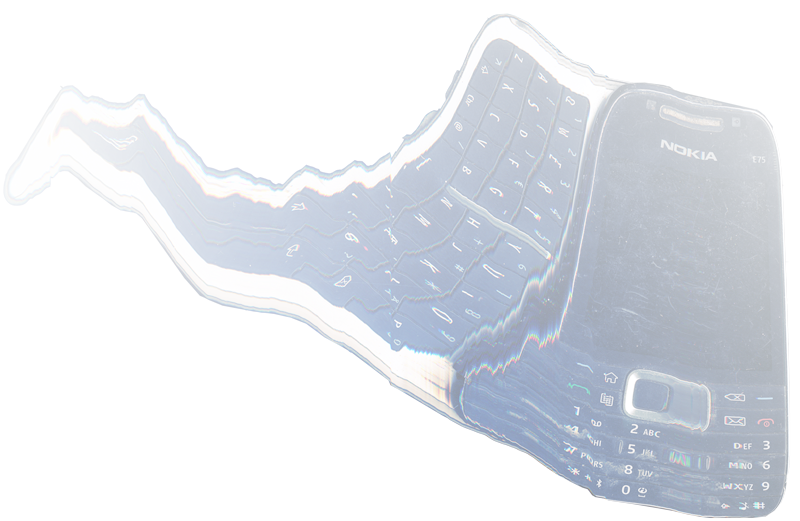
To accommodate the community of phone users this post is in English. The other parts of this website are in Danish and are about a music call-in radio show called DJ Brevets program.
Invariably your choice of phone is presented as a binary choice between two misnamed opposites: the smartphone and the dumbphone. Here we are concerned with the solutions in-between for those who have problems with smartphones and still require basic media features not offered by a first generation cellphone (the so-called »”dumbphone”«). Suggested here are Nokia feature phones, the E-series range for sale in 2009 to 2011.
It is a three part guide on the why and how of choosing a 2010-era cell phone. This first part is some context followed by recommendations for choosing a phone, second part is how to set up the phone and third part is additional applications and customization.
What does ‘smart’ mean? Today the prefix ‘smart-‘ is used to describe an unneccesarily complicated product that will break on mechanical or interface level because of the amount of internet it was designed to rely on. There is a gap between between the self-interest of the phone user and the business priorities of the app. and attention economy. A business model of services creates incomplete products that feels like being forced to live inside a shop.
We have very little language available to criticize the assumptions in technology development. In the mainstream assumptions implied with the word ‘progress’ are often perceived as self-evident or inevitable. And on the other hand: conspiracy theories. Like the 5G conspiracy theory. The appeal this theory is an indication of how difficult and important it is to encourage a rational voice in the critique of ‘progress’ and technology. At least somebody’s trying.
Will it work for you? Buying a ~30€ (used) Nokia phone and get all of the best and none of the rest. This three part tutorial will show you how. (US readers: 3G was turned of in the US by February 2022. The Nokia E-series phones in review here have only 3G connectivity, but are still useful as offline or wifi devices).
It is a suggestion based on personal experience. I suggest this to anyone who is willing to try and see if there is any personal benefit. Nokia Symbian S60v3 phones is a compromise between connectivity and productivity at very a small cost compared to buying new smartphones all the time.
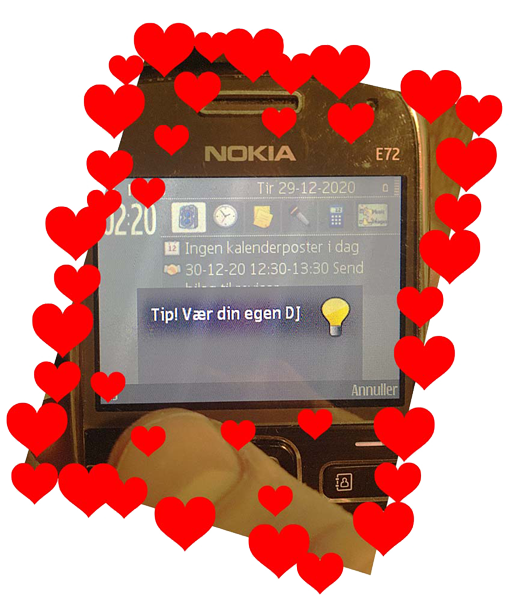
Have a look at this comparison chart to adjust expectations with Nokia E-series phones
| Possible | Not possible |
|---|---|
| ✔︎ 2G and 3G connectivity | ✘ 4G connectivity |
| ✔︎ Stream internet radio | ✘ Spotify, Deezer |
| ✔︎ Listen to manually downloaded podcast files | ✘ Streaming podcasts |
| ✔︎ Play digital audio files such as .mp3 and .flac | ✘ YouTube/VideoMonkey |
| ✔︎ Send text messages and images | ✘ Telegram, Signal, WhatsApp |
| ✔︎ Working GPS and navigation software | ✘ Instagram, Facebook |
| ✔︎ Fleamarket of abandonware | ✘ Official app store |
| ✔︎ Connect headphones via std. 3,5″ mini jack | |
| ✔︎ Connect to wireless speakers/headphones | |
| ✔︎ A decent calendar | |
| ✔︎ Manage files and storage from OS file system | ✘ Vendor lock-in |
| ✔︎ Take grainy low resolution photos | ✘ Displaying emojis |
| ✔︎ Record voice memos | |
| ✔︎ Type notes (transferable with Bluetooth) | |
| ✔︎ Create wifi hotspot (req. 3rd party software) | |
| ✔︎ Playing the Sims 3 (req. installation) | |
| ✔︎ Can be operated with gloves or in-pocket | |
| ✔︎ Battery and storage replacable by user | |
| ✔︎ Confront you with VERY complex menu system | ✘ Addiction |
| ✔︎ Can be charged without turning itself on | ✘ Addiction |
Another upside of using older technology is the possibility of evaluating the quality of the phone in real-life use. I have been through some of the E-series handsets and outline my experience with each below. If you are curious to learn what it takes to set up the phone, go to part two of the guide two: how (setup guide).
Choosing an E-series handset
Nokia E72
A personal favorite for its QWERTY keyboard and 3,5 mm standard minijack audio connector. It is durable and is easy to clean and replace the keyboard. The keyboard key travel means you can write texts without looking and without taking the phone out of your pocket. Great for school. MicroSD card and standard USB-connector like the rest of the E-series. Accepts up to 256 gb MicroSD card. A media owner’s dream.

Nokia E52
If you are not a QWERTY-type phone user this is a good choice. The buttons are nice and large and it has a 3,5 mm standard minijack audio connector. I can not attest to its durability because I spilled bicycle grease in mine and this broke the phone. I suspect it is as durable as the E72 under less oily conditions. Nokia E55 is almost the same but with odd double keypad, I have not tried it but would like to purchase one. Leave a message at +45 4266 8029 if you have one to sell.

Nokia N95
Not tested personally but has a decent following among friends. This also runs the operating system Symbian S60v3 so the guides in part two of this tutorial are applicable (though untested). Experiences and comments with this phone are welcome.
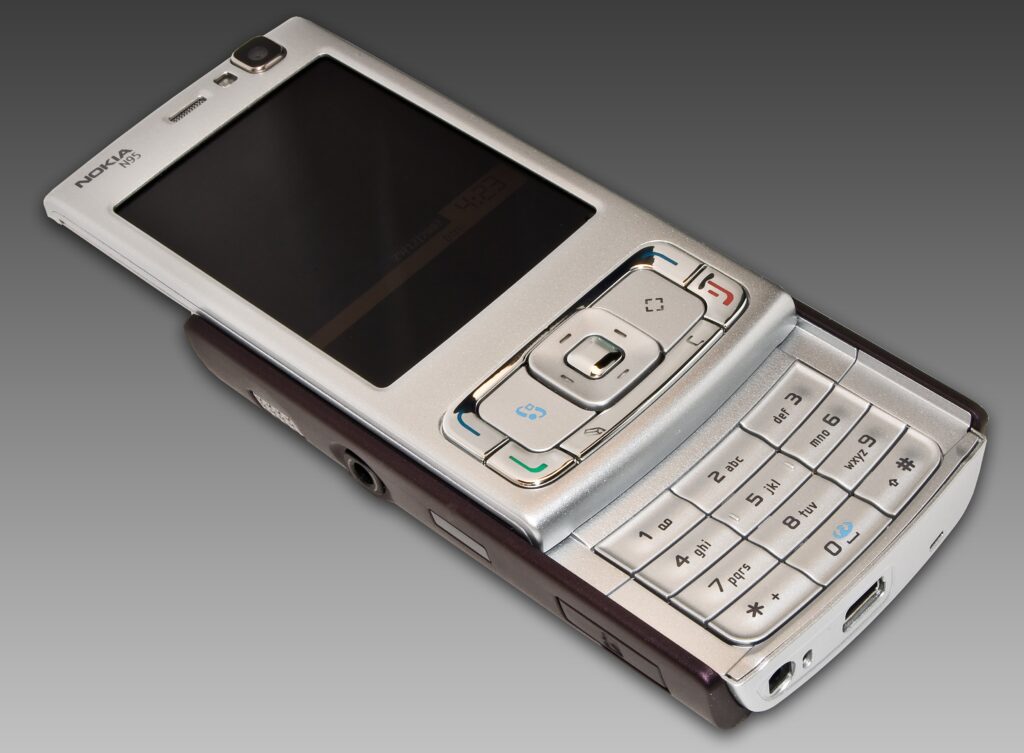

Less recommended E-series phones
Not recommended: Nokia E71. Looks a lot like the Nokia E72 but has no 3,5 mm minijack audio connector. Instead it has a 2,5 mm micro audio jack. This connector sucks. Avoid unless you are 100% sure you never want to connect a headset/headphones or only want to use bluetooth for audio.
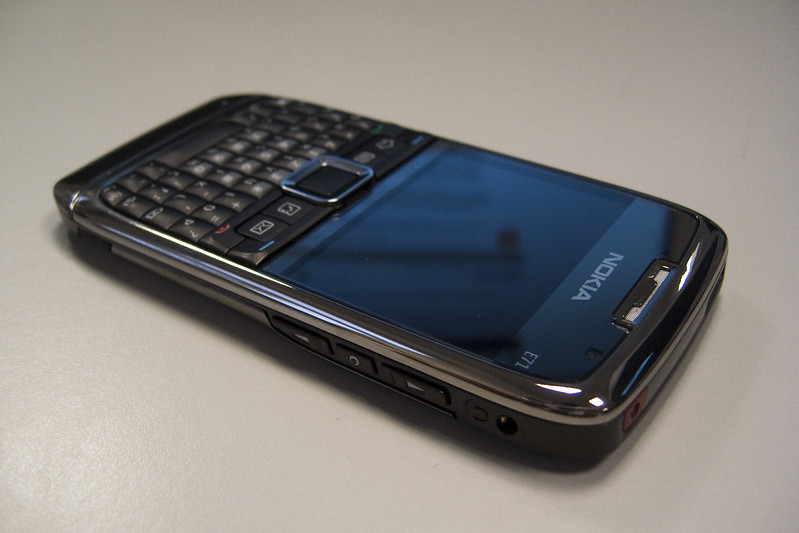
Not recommended: Nokia E75. Innovative slide-out QWERTY keyboard and a 3,5 mm standard minijack audio connector. The build quality is not up the standards of the rest of the E-series range. I’ve used two of these and on both of them the T9-keyboard bezel broke off. The buttons of the slide-out QWERTY keyboard have a low profile and require forceful pressing with no tactile feedback. If you enjoy this sort of thing get a 2016 MacBook Pro.
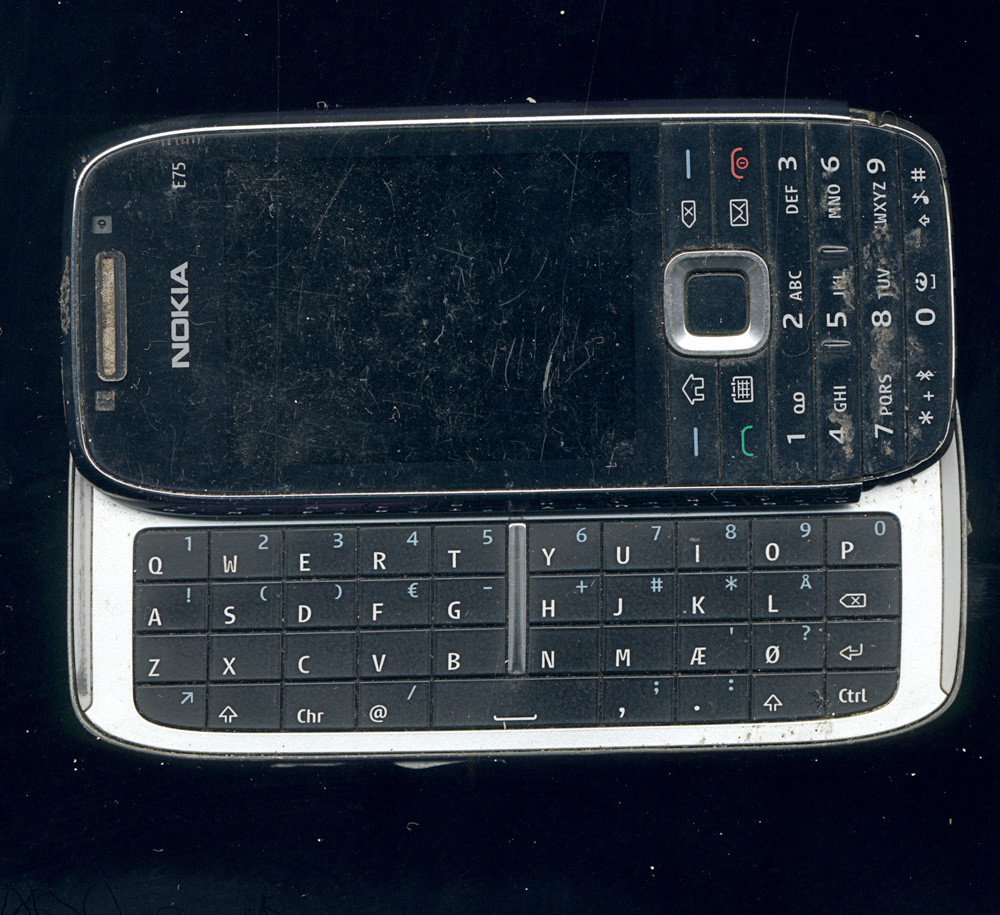
Not recommended: Nokia E90. The form factor of a small laptop. Excellent build quality but it has no 3,5 mm standard minijack audio connector and instead uses a 2,5 mm microjack connector. Too bad.

If you are in possesion of one of these Nokia phones running Symbian S60v3 you can proceed to part two of the guide and learn how to disable the software security certificates and begin installing useful softwarez from around the web.